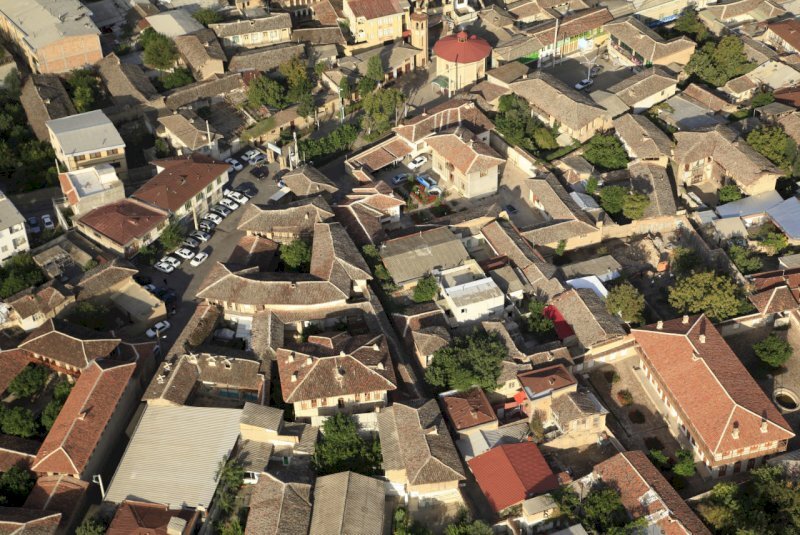INSUBCONTINENT EXCLUSIVE:
southeastern corner of the Caspian Sea, northern Iran.Based on this plan, the historical core of Astarabad (Gorgan) will be maintained as a
lively, dynamic area, relying on its heritage values in connection with the surrounding environment, CHTN quoted Rahman Farmani, Golestan
new constructions across Astarabad
situated along a small tributary of the Qareh River, 37 km from the Caspian Sea
The city, in existence since Achaemenian times, long suffered from inroads of the Turkmen tribes who occupied the plain north of the Qareh
River, and it was subjected to incessant Qajar-Turkmen tribal conflicts in the 19th century
It was renamed Gorgan in the 1930s after being devastated by an earthquake.Golestan is reportedly embracing some 2,500 historical and
Narratives say the tower has influenced various subsequent designers of tomb towers and other cylindrical commemorative structures both in
The UNESCO comments that the tower bears testimony to the cultural exchange between Central Asian nomads and the ancient civilization of
some 200 km in length and was built to prevent the invasion of the northern tribes.Also known as the Red Wall or the Red Snake, it is the
third-largest wall in the world after the walls of China and Germany
However, most parts of the gigantic monument are still hidden underneath the surface through some segments that have so far been unearthed
and even restored to former glory.AM

